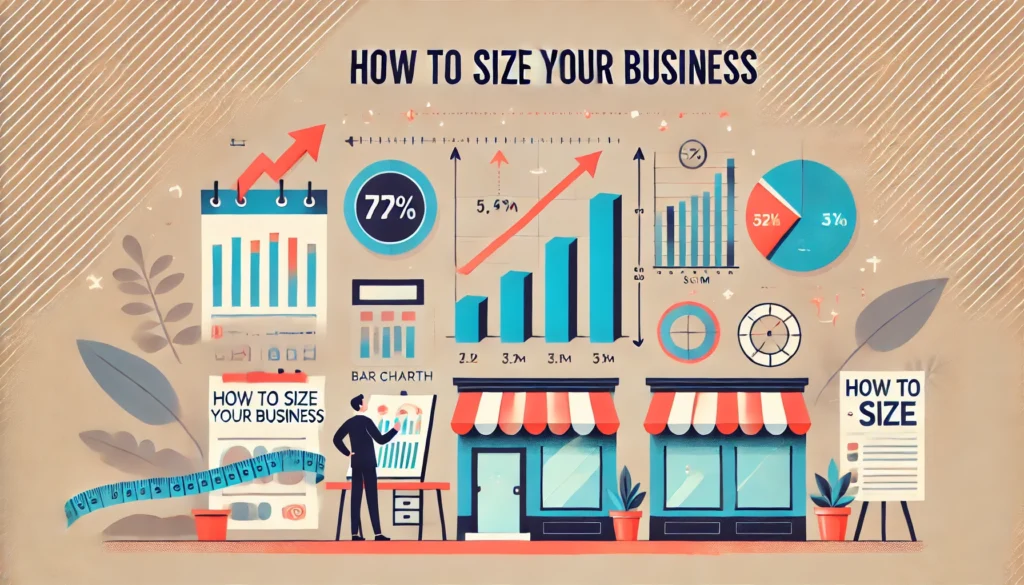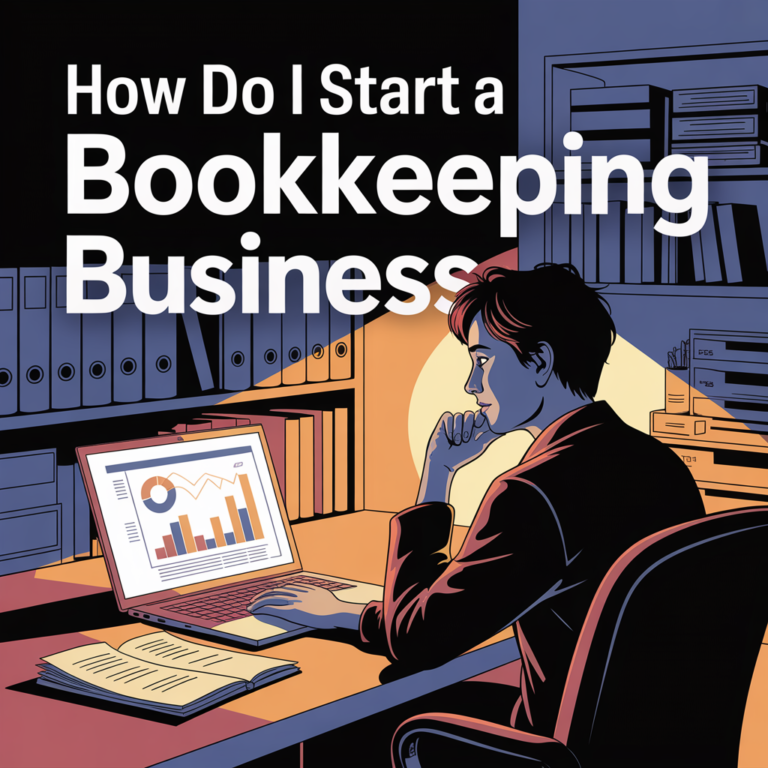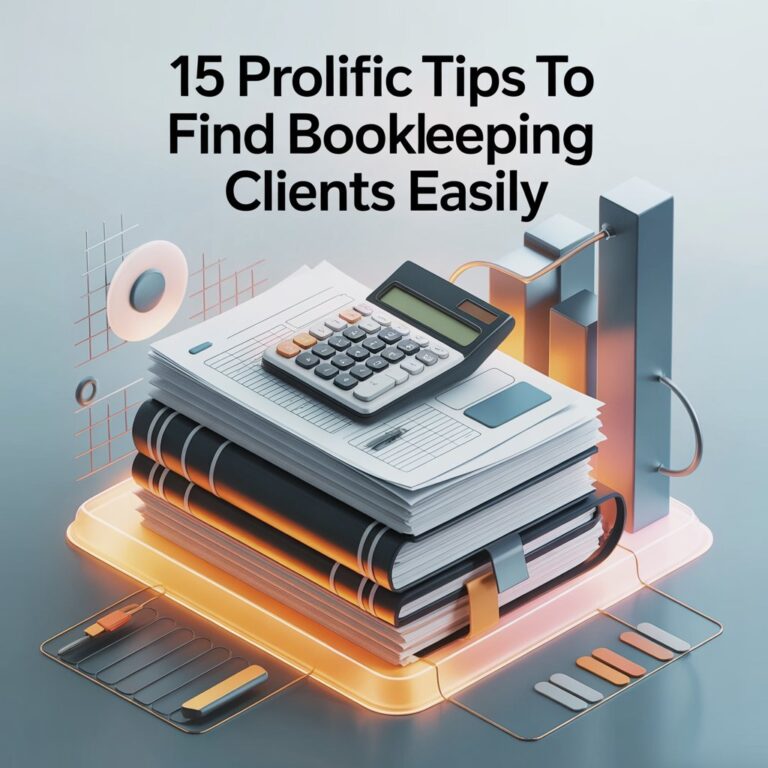Small businesses form the backbone of many economies around the world, serving as essential drivers of innovation, employment, and community engagement. But what exactly constitutes a “small business”? The term often appears in policy discussions, economic reports, and everyday conversations, yet its definition can be surprisingly nuanced, depending on the context and criteria used. In this article, we will explore which business scenario fits the definition of a small business by examining various industries, regulatory frameworks, and real-world examples. This exploration will help you better understand the small business landscape and identify whether your business or a business you’re considering working with meets the criteria.
Defining a Small Business
To answer the question which business scenario fits the definition of a small business. We must first understand the various definitions provided by different organizations and regulatory bodies. Generally, a small business is define by its size, revenue, and number of employees. However, these metrics can vary widely.
The Small Business Administration (SBA) Definition
In the United States, the Small Business Administration (SBA) is a key entity that defines and supports small businesses. According to the SBA, a small business is one that is independently owned and operated, organized for profit, and not dominant in its field. The specific size standards depend on the industry and are measure by either the number of employees or the amount of annual receipts.
- Manufacturing and mining industries: A business is considered small if it has fewer than 500 employees.
- Wholesale trade: A business is small if it has 100 or fewer employees.
- Retail and service industries: The criteria often focus on annual revenue, which can range from $7.5 million to $38.5 million, depending on the specific industry.
International Perspectives on Small Business
Different countries have their own definitions and thresholds for what constitutes a small business. In the European Union, for instance, a small business is defined as an enterprise with fewer than 50 employees and an annual turnover or balance sheet total not exceeding €10 million. In Australia, a small business is typically defined as one with fewer than 15 employees.
- European Union: Businesses with fewer than 50 employees and turnover or balance sheet totals not exceeding €10 million.
- Australia: Typically, businesses with fewer than 15 employees.
- Canada: Varies by industry, often defined by fewer than 100 employees or CAD 5 million in revenue.
The diversity in definitions across regions further complicates this question. However, despite these differences, the core characteristics—small size, limited market influence, and independent ownership—remain consistent.
Why the Small Business Definition Matters

Understanding which business scenario fits the definition of a small business is not just an academic exercise; it has real-world implications for business owners, policymakers, and the economy at large. The definition of a small business matters for several reasons:
- Access to Government Support: Small businesses often qualify for special government programs, including grants, loans, and tax incentives. These programs offer favorable terms, such as lower interest rates and longer repayment periods, to businesses that meet specific size standards.
- Impact on Regulatory Compliance: Small businesses may be exempt from certain federal or state regulations that apply to larger companies, which can reduce their administrative burden.
- Influence on Business Strategy: Knowing your business qualifies as small can shape strategic decisions, especially regarding niche market focus and growth strategy.
Industry-Specific Scenarios
To delve deeper into these scenarios, it’s essential to look at specific industries and how small businesses manifest within them. Here, we explore four key sectors: retail, manufacturing, technology, and professional services.
Retail: The Corner Store vs. the Boutique Chain
In the retail industry, small businesses can vary significantly in size and scope. A classic example is the local corner store or family-owned grocery store. These businesses typically have a limited number of employees, serve a local customer base, and operate with relatively low annual revenues. They fit comfortably within the SBA’s definition of a small business.
On the other hand, a boutique chain with multiple locations, each employing a handful of staff, might still be considered a small business under certain conditions. If the total number of employees across all locations remains under 100. And the annual revenue does not exceed the threshold set by the SBA for retail businesses, then this scenario also fits the definition of a small business. However, the line between small and medium-sized businesses can become blurred as the business expands its reach.
Manufacturing: The Artisan Workshop vs. the Regional Factory
In manufacturing, small businesses often take the form of artisan workshops or specialized production facilities. For instance, a small business might be a local pottery studio that produces handmade ceramics. With fewer than 20 employees and a focus on niche markets, this type of business clearly fits the definition of a small business.
However, consider a regional factory that produces parts for the automotive industry. It may employ close to 500 people, but because it operates within the SBA’s employee threshold for manufacturing (500 employees or less), it would still be classified as a small business. This scenario highlights that manufacturing can encompass a broader range of operations than one might initially assume.
Technology: The Startup vs. the Software Firm
In the technology sector, small businesses can range from nascent startups to established software firms. A startup with a team of 10 developers working out of a coworking space is an obvious example of a small business. It typically operates with limited capital, serves a growing but modest customer base, and focuses on innovation and market entry.
On the other hand, a software firm with 150 employees and a robust client roster may also be considered a small business. Depending on its revenue and the specific sub sector it operates within. For example, in the software publishing industry, a company can earn up to $41.5 million annually and still be classified as a small business by the SBA.
Professional Services: The Law Firm vs. the Accounting Practice
In the professional services sector, small businesses often include law firms, accounting practices, and consulting agencies. A small law firm with five partners and a handful of support staff would fit the definition of a small business due to its limited size and revenue.
Conversely, a regional accounting practice with multiple offices and 100 employees could still be considered a small business under certain revenue and employee thresholds.
How to Size Your Business

If you’re a business owner or entrepreneur, one of the most important steps in understanding which business scenario fits the definition of a small business is determining how to size your business. This process involves assessing your business against key criteria such as employee count, revenue, and industry standards.
Assessing Employee Count
The number of employees is a fundamental metric used by many organizations to define a small business. To determine if your business qualifies, start by counting all full-time and part-time employees, including any seasonal workers. Be sure to consider whether the number of employees fluctuates throughout the year, as some definitions may require an average count over a specific period.
- Manufacturing: Typically up to 500 employees.
- Retail: Often up to 100 employees.
- Professional Services: Can vary but often fewer than 50 employees.
Calculating Annual Revenue
Revenue is another critical factor in determining which business scenario fits the definition of a small business. To size your business, calculate your total annual receipts. Which include all income earned by your business over the course of a year. This figure should encompass sales, services, and any other sources of revenue.
Different industries have different revenue thresholds that define small businesses. For example, in the construction industry, a business may be considered small if it generates less than $39.5 million in annual revenue. In contrast, a small business in the agricultural sector might have a much lower threshold.
Industry Standards and Benchmarks
Beyond employee count and revenue, it’s essential to understand the specific standards and benchmarks used within your industry. Research industry-specific guidelines to determine whether your business meets the criteria for a small business. This research may involve consulting industry associations, reviewing government regulations, and analyzing competitor data.
The Role of Market Influence
A key consideration in determining which business scenario fits the definition of a small business is market influence. Small businesses are typically characterized by their limited market reach compared to larger enterprises. They may dominate a local market but do not hold a significant share of the national or global market.
For instance, a small chain of restaurants might be the most popular dining option in a specific city, but it would still be considered a small business if its operations are confined to that area and its influence does not extend beyond regional boundaries. On the other hand, if a business starts to expand nationally and its brand becomes well-known across the country, it might no longer fit the definition of a small business, even if it has fewer than 500 employees.
Government Support and Regulations
Governments often provide support to small businesses through grants, loans, and favorable tax policies. However, to qualify for these benefits, a business must meet specific criteria that define it as “small.” These criteria can vary significantly depending on the country and the industry.
Examples of Government Support
- U.S. SBA Programs: Access to capital, mentoring, and government contracts.
- Canada’s Small Business Deduction (SBD): Reduces corporate income tax rates for small businesses.
- UK Business Rates Relief: Reduced business rates for businesses with rateable values below £15,000.
These examples illustrate that it can also be influenced by the specific benefits a business seeks to access. And the criteria set by the governing bodies offering those benefits.
Challenges and Opportunities for Small Businesses

Understanding this concept is crucial not only for accessing government support. But also for navigating the challenges unique to small businesses. These challenges can include limited access to capital, difficulties in scaling operations, and competition from larger firms.
Challenges
- Access to Capital: Small businesses often struggle to secure funding due to perceived higher risks.
- Regulatory Compliance: Navigating regulations can be complex, especially in industries with stringent standards.
- Competition: Competing with larger firms that have more resources and market influence.
Opportunities
- Agility: Small businesses can quickly adapt to market changes and customer needs.
- Customer Relationships: Personalized service and strong local connections can differentiate small businesses from larger competitors.
- Innovation: Small businesses often lead in innovation, particularly in niche markets.
Real-World Examples
Let’s look at some real-world examples across different sectors.
- Retail: “The Book Nook,” a small, independent bookstore in a mid-sized town, employs 10 staff members and generates annual revenue of $500,000. It caters primarily to local customers and hosts community events, making it a quintessential small business.
- Manufacturing: “Smith & Sons Furniture,” a family-owned furniture manufacturing company, employs 85 workers and produces handcrafted furniture. Despite its regional recognition, its annual revenue of $4 million and employee count classify it as a small business.
- Technology: “InnovateX,” a software development startup with 30 employees, specializes in creating apps for local businesses. It has secured venture capital funding but remains small in scale with a focused market niche. This scenario fits the small business definition within the tech sector.
- Professional Services: “Green & Co. Law,” a small law firm with 12 attorneys and a few support staff, serves local clients in personal injury and family law. Its size and revenue place it comfortably within the small business category.
Conclusion: Reaffirming the Definition
So, which business scenario fits the definition of a small business? As we’ve seen, the answer depends on several factors, including the industry, the number of employees, revenue, market influence, and the specific criteria set by regulatory bodies. Whether it’s a local bookstore, a regional manufacturing firm, or a tech startup, a small business is generally characterized by its independent ownership, limited size, and focus on serving specific markets.
As small businesses continue to play a vital role in economies worldwide, understanding the various scenarios that define a small business will be key to supporting their growth and success. Whether you’re an entrepreneur, investor, or policymaker, recognizing it can help you make informed decisions that contribute to the vibrancy and resilience of this crucial economic sector.




